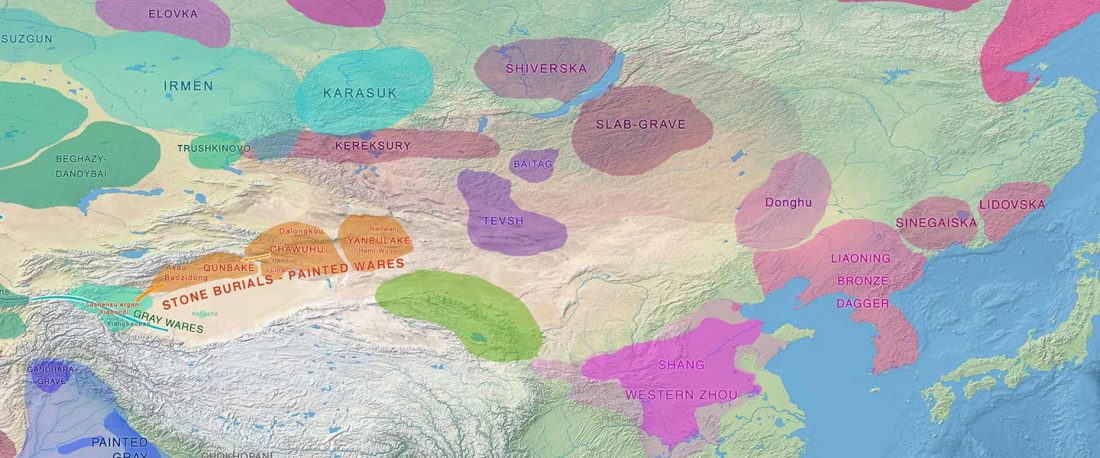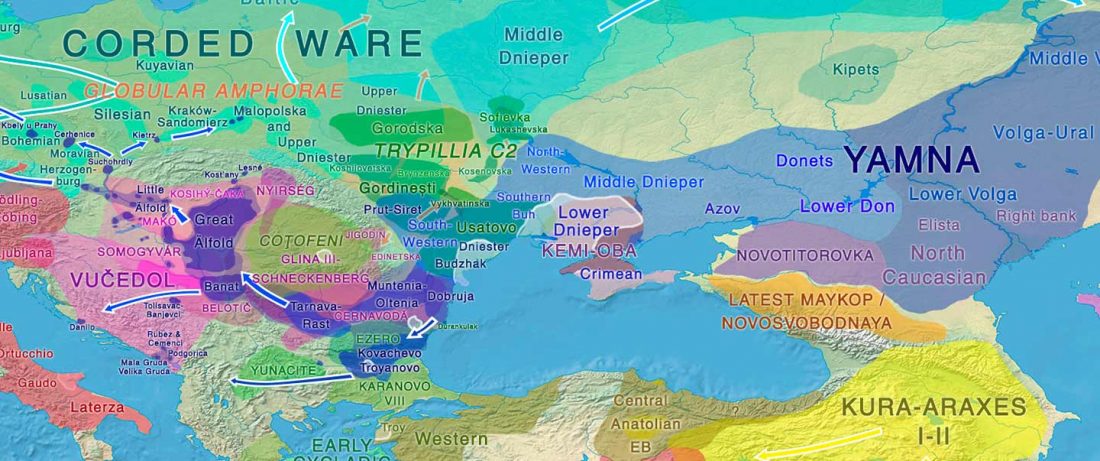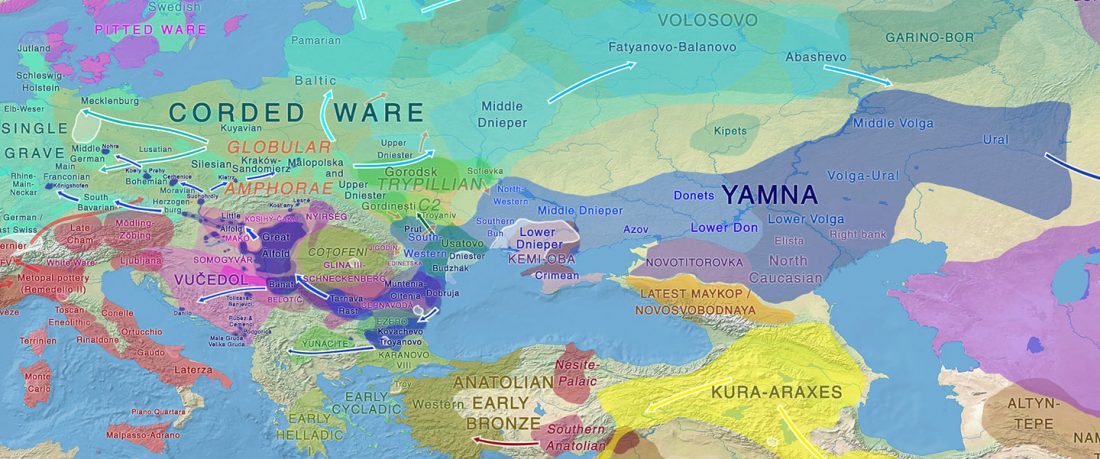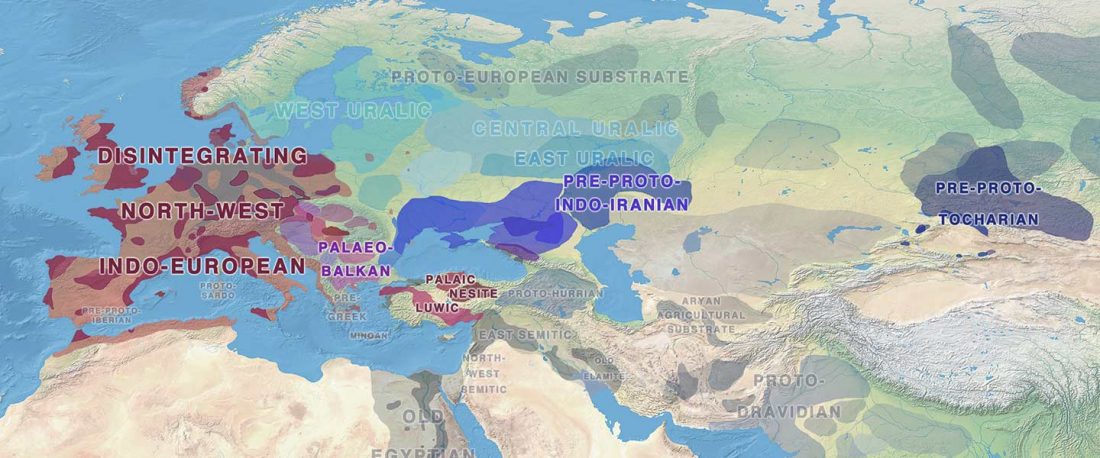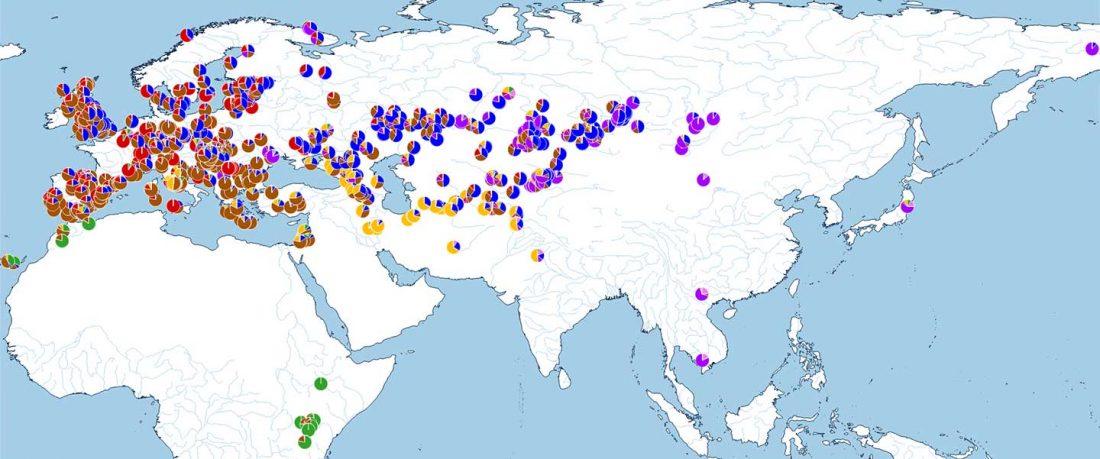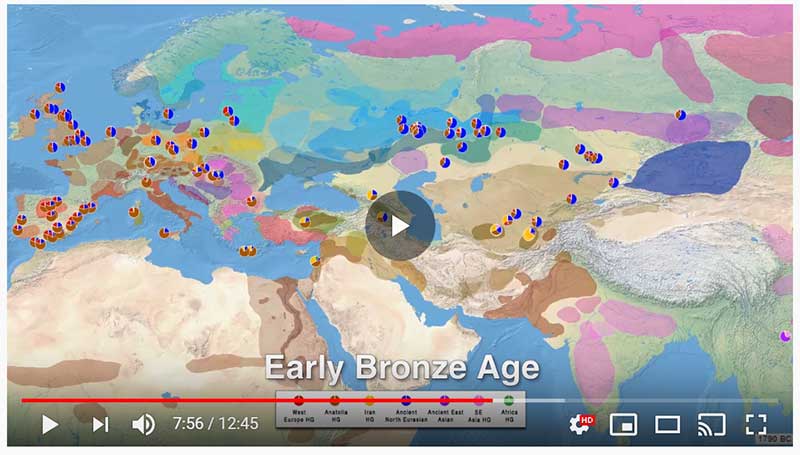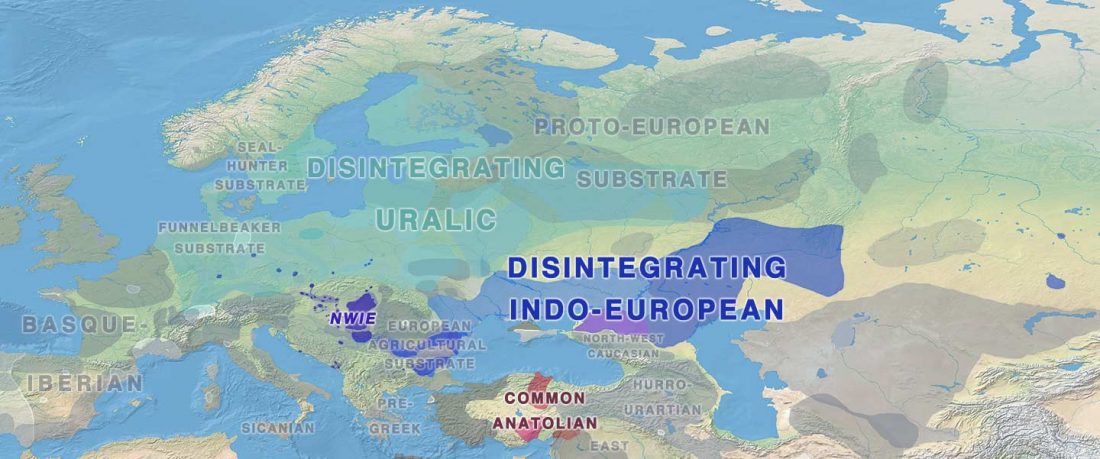The Corded Ware culture, more complex than previously thought
Open access Corded Ware cultural complexity uncovered using genomic and isotopic analysis from south-eastern Poland, by Linderholm et al. Scientific Reports (2020).
Interesting excerpts (emphasis mine):
… Read the rest “The Corded Ware culture, more complex than previously thought”We have obtained genetic data from 19 individuals (16 of CWC and 3 of BBC). All examined individuals come from three geographical regions: the Rzeszów Foothills (part of the Subcarpathian Region; sites of Szczytna, Chłopice, Mirocin and Święte), the Małopolska Upland (Mistrzejowice, Proszowice, Bosutów, Pełczyska) and the Sokal Ridge (the western part of Volhynian Upland – site of Łubcze). All burials are of similar type exhibiting the same funeral rite with some differences


